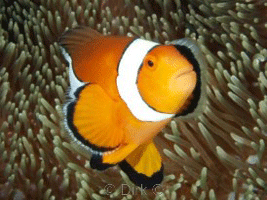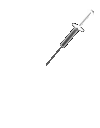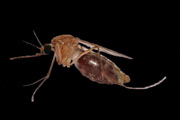www.adcdiving.be © Dirk Wuyts Add this page to your Favorites Welcome to our diving website and travel stories
Travel story of Sri LankaDutch - Nederlands |
 Like and share this travel story and diving with photos of the Sri Lanka with your friends on Facebook |



















